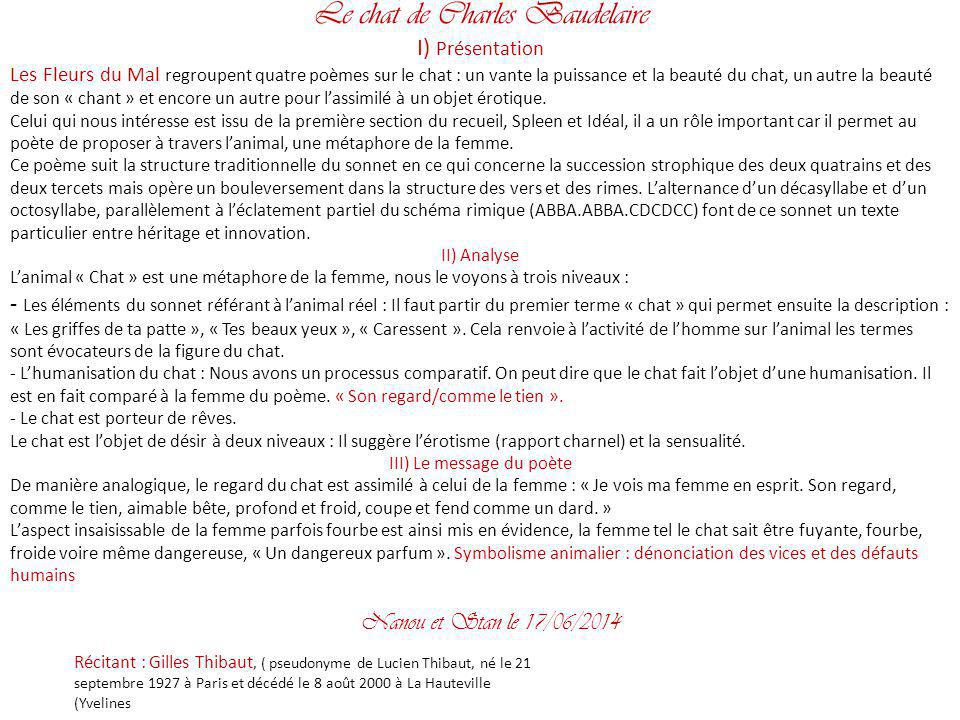Revisiting Sports Precautions in Children with Solitary.
A birth defect, also known as a congenital disorder, is a condition present at birth regardless of its cause. Birth defects may result in disabilities that may be physical, intellectual, or developmental. The disabilities can range from mild to severe. Birth defects are divided into two main types: structural disorders in which problems are seen with the shape of a body part and functional.
Contact us at (248) 646-0325 with any questions. Page views in 2019: 2,923,009. Page views in 2020 to date: 377,057.

MDCT and MR Urogram Spectrum of Congenital Anomalies of the Kidney and Urinary Tract Diagnosed in Adulthood Venkateswar R. Surabhi 1, Christine O. Menias 2, Verghese George 1, Eduardo Matta 1, Ravi K. Kaza 3 and Joseph Hasapes 1.

Chronic kidney disease (CKD) is a long-term condition where the kidneys don't work as well as they should. It's a common condition often associated with getting older. It can affect anyone, but it's more common in people who are black or of south Asian origin. CKD can get worse over time and eventually the kidneys may stop working altogether, but this is uncommon. Many people with CKD are able.

The Bosniak classification system (I. CAKUT - congenital anomalies of the kidneys and urinary tract. Congenital Nephrotic Syndrome - (CNS, Nephrotic syndrome) rare kidney disorder characterized by heavy proteinuria, hypoproteinemia, and edema starting soon after birth. Most cases are caused by genetic abnormalities in the components of the glomerular filtration barrier, especially nephrin.

Classification, Structure, and Molecular Characteristics 2.1. Classification. According to the new guidelines for HSP nomenclature, the human HSP90 family includes five members that are categorized under the superfamily name HSPC. The recent names together with the alternative old names of HSP90 members are listed in Table 1. HSP90 proteins can be classified according to their cellular.

CAKUT are diverse and include abnormalities of the kidneys (agenesis, hypoplasia, dysplasia, and fusion anomalies), collecting systems (duplex collecting system, megacalycosis, pelviureteric junction obstruction (PUJO), and complications related to duplex collecting system), ureters (megaureter, retrocaval ureter, ectopic insertion, and ureterocele, the latter two pertaining to both single and.

Medical Student Curriculum: Hematuria. Case Study 1: Gross Hematuria (pdf) Case Study 2: Microhematuria (pdf) This document was amended in July 2016 to reflect literature that was released since the original publication of this content in May 2012. This document will continue to be periodically updated to reflect the growing body of literature related to this topic. Keywords: Hematuria.

Polycystic kidney disease is a disorder that affects the kidneys and other organs. Clusters of fluid-filled sacs, called cysts, develop in the kidneys and interfere with their ability to filter waste products from the blood. The growth of cysts causes the kidneys to become enlarged and can lead to kidney failure. Cysts may also develop in other organs, particularly the liver. Frequent.

Growth retardation, or intrauterine growth restriction, happens when your fetus doesn’t grow at a normal rate. Learn about the causes and treatment.

Sirenomelia (mermaid syndrome) is a rare congenital fetal anomaly with characteristic feature of complete or partial fusion of lower limbs. Although, this syndrome is incompatible with life due to the association of several congenital visceral abnormalities; however, there are few reports of surviving infants. Our first case was a live born, normally delivered at term by a 27-year-old third.

Abstract: BACKGROUND: Haemolytic uraemic syndrome (HUS) is a disorder characterized by thrombotic microangiopathy, which is caused in 'typical forms' by gastrointestinal infection.

Welcome to UT MD Anderson Experts - This site highlights the publications of UT MD Anderson's researchers, as reflected in Elsevier's Scopus database.


